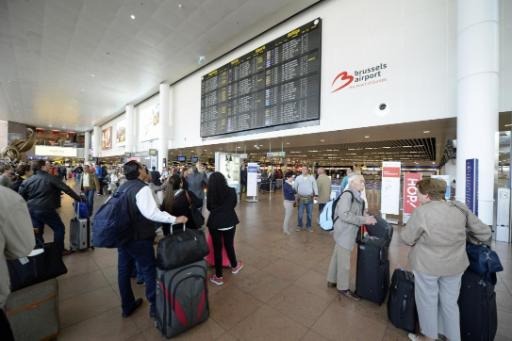Brussels airport aims to reduce its primary energy consumption per square metre by 20% by 2020 (compared to 2009), according to its 2015 Environmental Report. Multiple initiatives have been undertaken in order to “sustainably develop the airport”, said CEO Arnaud Feist. In 2014, the total power consumption of Brussels airport totalled 76,764 MWh, which would power 22,000 households for an entire a year. Since 2010, the company uses exclusively green electricity.
Energy-efficient measures and various more environmentally-friendly systems have also been set up to reach the 2020 goal: LED lamps not only in buildings but also on the tarmac, highly energy-efficient air conditioning, retention basins able to hold a total of 260,000 cubic metres, solar panels providing approximately 2,900 MWh in 2014, rain overflow basins, a water treatment plant with a capacity to purify 2,400 cubic metres per day, noise abatement walls...
Despite the noise barriers, the number of people potentially affected by noise (over 55 dB) increased by 30% in 2014 compared to 2013, similar to what occurred 2009-2012, and due to 2013's specific weather conditions and changes in flight paths imposed by the federal government early last year.
Finally, in Steenokkerzeel, two bee hives were installed at the end of May 2014, each housing 50,000 worker bees, 5,000 drones and a queen. “We still don't know what we'll do with the expected 15-60 kg of honey”, stated the report as it also highlighted the amazing biodiversity found on the 12 hectares of wooded land around the site.
The report also explains that with 21.9 million passengers and 230,000 flights passing through the airport in 2014, the number of aircraft movements increased by 7% compared to 2013, due to increased activity by Vueling, the arrival of Ryanair and an increase in routes offered by Brussels Airlines. “It must be pointed out that the increase in aircraft movements was two times smaller that the 15% increase in passenger numbers. This is due to higher occupancy rates and the implementation of larger modern aircraft”.
(Source: Belga)

